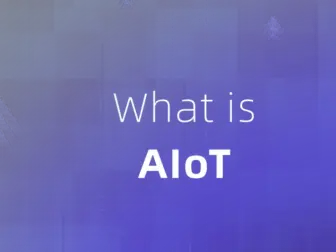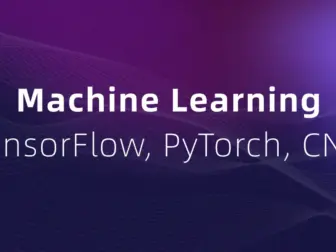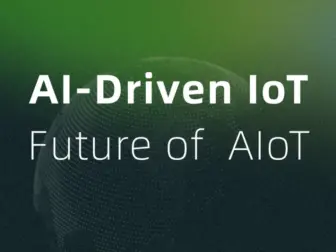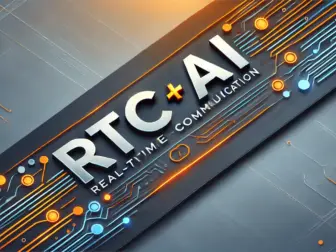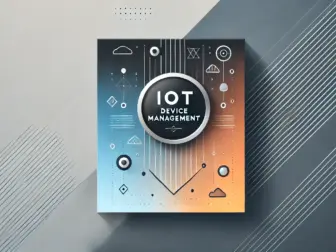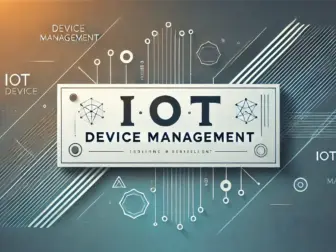Tag - Edge Computing
AI and Machine Learning, Blog , February 19, 2025 , AI in Healthcare, AI Robots, AIoT, Artificial Intelligence, Edge Computing, energy management, Industrial AI, iot, Logistics Automation, Smart Agriculture
AI and Machine Learning, Blog , February 17, 2025 , AI Frameworks, Computer Vision, Deep Learning, Edge Computing, Medical Imaging, Model Deployment, ONNX, PyTorch, Speech AI, TensorFlow
AI and Machine Learning, Blog, Industrial Solutions , February 12, 2025 , AI + IoT, AIoT, Cloud-Edge, Deep Learning, DeepSeek, Edge Computing, energy management, Industrial AIoT, Predictive Maintenance, Smart Grid, Smart Healthcare
AI and Machine Learning, Blog , January 26, 2025 , AI-Driven IoT, automation, Big Models, Data Analysis, Edge Computing, Industrial IoT, iot, Smart Agriculture, Smart Decision-Making
AI and Machine Learning, Blog , December 23, 2024 , AI, automation management, Edge Computing, iot, Machine Learning, Predictive Maintenance, smart maintenance
Blog, Edge Computing and Data Analytics , December 23, 2024 , Cloud Computing, distributed systems, Edge Computing, high-performance management, iot
Exploring the Revolutionary Potential of Edge Computing
Edge computing is a paradigm shift in the world of technology that is revolutionizing the way data is processed, stored, and analyzed. This innovative approach brings the power of computing closer to the source of data generation, enabling real-time processing and analysis at the edge of the network, rather than relying on centralized data centers.
One of the key advantages of edge computing is its ability to reduce latency by processing data closer to where it is being generated. This is particularly important for applications that require real-time processing, such as autonomous vehicles, industrial IoT, and smart cities. By processing data locally, edge computing can significantly reduce the time it takes for data to travel from the source to the cloud and back, improving overall system performance and responsiveness.
Another major benefit of edge computing is its ability to improve data security and privacy. By processing sensitive data locally, organizations can minimize the risk of data breaches and unauthorized access. This is particularly important for industries that handle sensitive information, such as healthcare, finance, and government. Edge computing also helps organizations comply with data protection regulations, such as GDPR, by keeping data within the boundaries of a specific region or country.
Furthermore, edge computing enables organizations to optimize their network bandwidth usage by processing data locally and sending only relevant information to the cloud. This not only reduces the strain on network infrastructure but also helps organizations save costs associated with data transmission and storage.
The potential applications of edge computing are vast and diverse. In the healthcare industry, edge computing can help improve patient care by enabling real-time monitoring of vital signs and providing immediate feedback to healthcare providers. In the retail sector, edge computing can enhance customer experiences by enabling personalized recommendations and targeted advertising based on real-time data analysis. In the manufacturing industry, edge computing can optimize production processes by enabling predictive maintenance and monitoring of equipment performance.
As the adoption of IoT devices continues to grow, the demand for edge computing solutions is expected to increase significantly. According to a report by Gartner, by 2025, 75% of enterprise-generated data will be created and processed outside a traditional centralized data center or cloud. This highlights the growing importance of edge computing in enabling organizations to harness the full potential of their data and devices.
In conclusion, edge computing is a game-changer in the world of technology, offering numerous benefits such as reduced latency, improved data security, and optimized network bandwidth usage. By bringing computing power closer to the source of data generation, organizations can unlock new opportunities for innovation and efficiency. As the technology continues to evolve, it is essential for organizations to explore and embrace the potential of edge computing to stay ahead of the competition and drive digital transformation.
